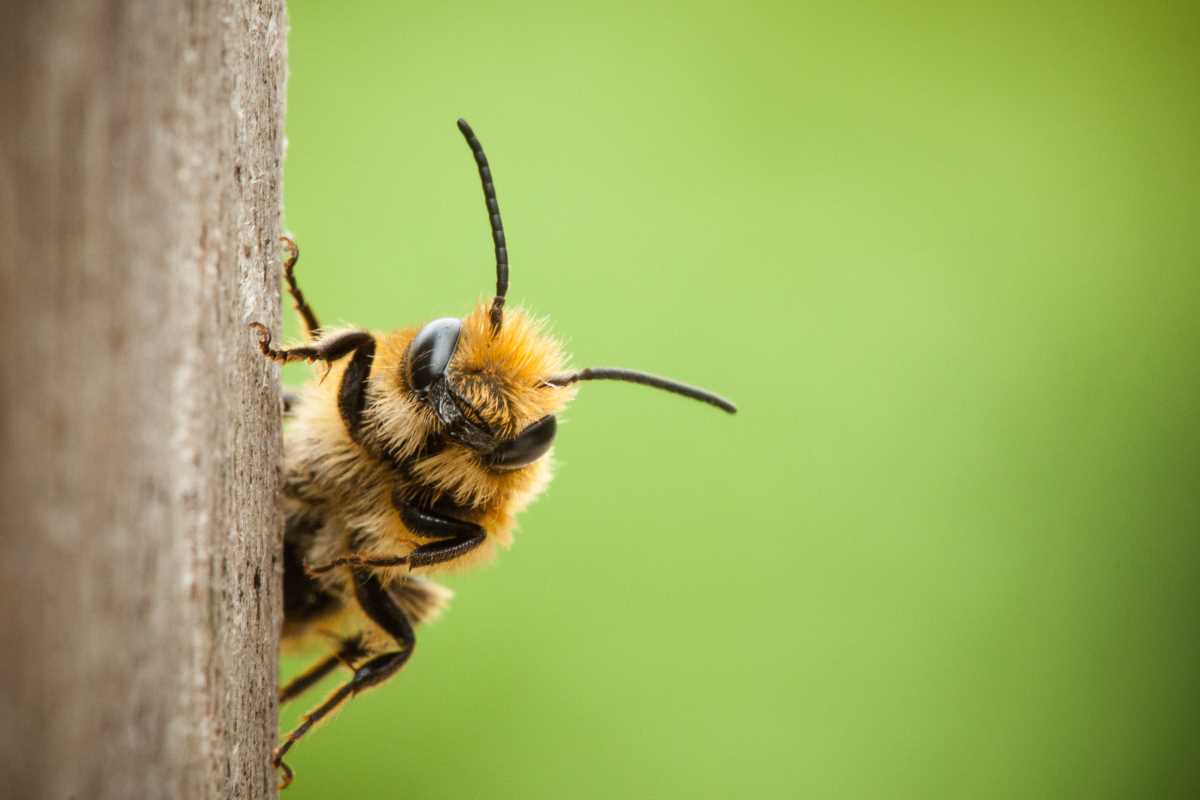Practicing eco-friendliness at home is a great way to contribute to a healthier planet while also creating a more sustainable and cost-effective living environment. From reducing waste to conserving energy, there are numerous strategies you can implement to live a greener lifestyle. Here’s a detailed exploration of effective practices for fostering eco-friendliness in your home.
1. Reduce, Reuse, and Recycle
The mantra of “reduce, reuse, recycle” is fundamental to sustainable living.
- Reduce Waste: Start by evaluating what you truly need and cutting back on unnecessary purchases. This not only saves money but also minimizes the waste generated. When shopping, opt for products with minimal packaging and avoid single-use items.
- Reuse Items: Before throwing things away, consider how they might be repurposed. Glass jars can be transformed into storage containers, and old clothes can be turned into cleaning rags or upcycled into new fashion pieces.
- Recycle Properly: Familiarize yourself with your local recycling guidelines to ensure you are recycling correctly. Many materials, such as paper, cardboard, glass, and certain plastics, can be recycled, reducing the amount of waste that ends up in landfills.
2. Save Energy
Energy conservation is one of the most impactful ways to reduce your carbon footprint.
- Use Energy-Efficient Appliances: Invest in appliances that are ENERGY STAR certified, as they consume less energy and water compared to standard models. This includes refrigerators, washing machines, and dishwashers.
- Switch to LED Bulbs: Replace incandescent bulbs with LED lights, which use significantly less energy and have a longer lifespan.
- Utilize Smart Technology: Consider installing smart thermostats, which can help optimize heating and cooling schedules, ultimately reducing energy consumption. Smart plugs can also help control devices remotely and minimize energy waste.
- Enhance Insulation: Proper insulation can keep your home warm in winter and cool in summer, reducing the need for heating and air conditioning. Check for drafts around windows and doors and seal any gaps.
3. Conserve Water
Water conservation is crucial for sustainable living, especially in regions prone to drought.
- Install Low-Flow Fixtures: Consider installing low-flow showerheads and faucet aerators to reduce water usage without sacrificing pressure.
- Collect Rainwater: Set up a rainwater harvesting system to collect rainwater for watering plants and gardens. This is an excellent way to conserve potable water.
- Practice Mindful Water Use: Be conscious of your water consumption habits. Shorten your showers, turn off the tap while brushing your teeth, and only run the dishwasher or washing machine with full loads.
4. Choose Sustainable Materials
The materials you choose for your home can significantly impact the environment.
- Opt for Eco-Friendly Products: When renovating or decorating, choose materials that are sustainable, such as bamboo flooring, reclaimed wood, and low-VOC (volatile organic compounds) paints. These products are better for both the environment and indoor air quality.
- Source Locally: Support local businesses by purchasing locally made products. This reduces transportation emissions and often supports sustainable practices.
5. Grow Your Own Food
Starting a home garden can be both rewarding and eco-friendly.
- Grow Vegetables and Herbs: Whether you have a backyard, balcony, or even just a windowsill, growing your own vegetables and herbs can reduce your reliance on store-bought produce. This not only cuts down on packaging waste but also ensures you know exactly how your food is grown.
- Compost Organic Waste: Instead of throwing away kitchen scraps, compost them to create nutrient-rich soil for your garden. Composting reduces waste and helps enrich the soil without the need for chemical fertilizers.
6. Mindful Consumption
Being mindful of what you consume can lead to more sustainable choices.
- Buy Second-Hand: Consider purchasing second-hand clothing, furniture, and household items. This practice reduces waste and is often more affordable.
- Support Ethical Brands: Research and choose brands that prioritize sustainability and ethical practices. Look for certifications such as Fair Trade, organic, and cruelty-free.
7. Educate Yourself and Others
Staying informed about environmental issues can enhance your eco-friendly practices.
- Read and Research: Stay updated on sustainability trends, innovations, and practices through books, documentaries, and online resources. Understanding the impact of your choices can inspire more eco-friendly habits.
- Share Knowledge: Discuss sustainable practices with family and friends. Sharing tips and experiences can create a ripple effect, encouraging others to adopt eco-friendly habits.
8. Create a Sustainable Lifestyle
Ultimately, practicing eco-friendliness at home is about making sustainable choices a part of your everyday life.
- Establish Routines: Incorporate eco-friendly habits into your daily routines, such as using reusable shopping bags, carrying a water bottle, and meal planning to reduce food waste.
- Set Goals: Create specific sustainability goals for your home, whether it’s reducing energy consumption by a certain percentage or committing to a plastic-free month.
Practicing eco-friendliness at home is not just about individual choices but also about fostering a sustainable mindset. By implementing these strategies, you can create a positive impact on the environment while also enhancing your quality of life. The journey towards sustainability starts at home, and every small action counts toward building a greener future. Embrace these eco-friendly practices, and you’ll contribute to a healthier planet for generations to come.
 (Image via
(Image via




.jpg)
